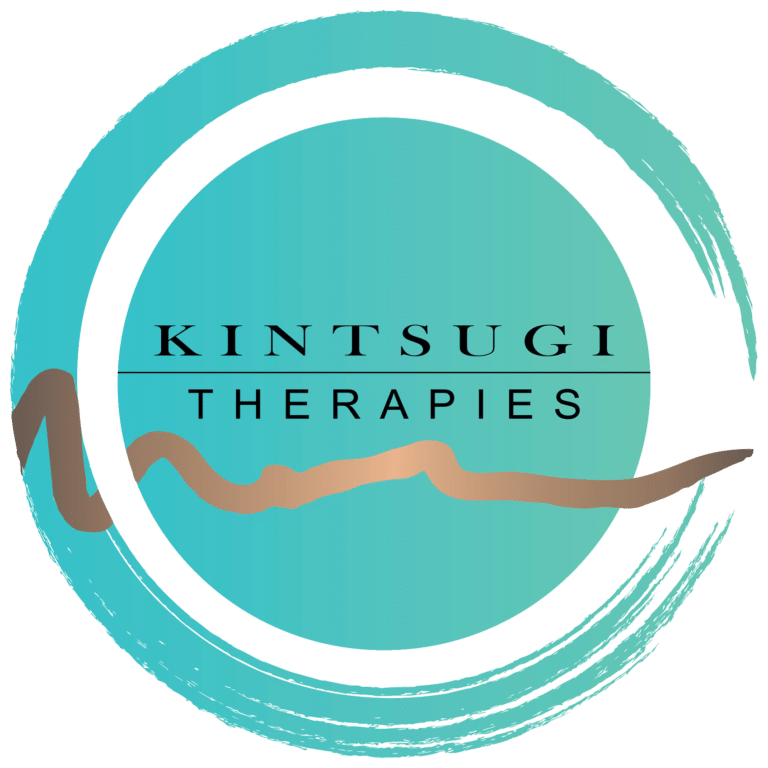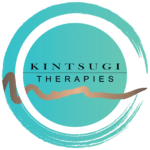CHINESE
HERBAL
MEDICINE
A truly deep, intricate, and natural health benefiting modality. Chinese herbalism takes a lifetime or more to fully master. I continue to seek and use it’s subtlty and it’s power in delivering results for a variety of health complaints. It can often be the key in treatment to kick start change or as a potent supplement between acupuncture sessions. I provide options for herbal medicine in various forms, including liquid extract, powder, pills and topical creams. All ingredients are fully certified based on Australian (& European Union) regulations and guidelines and in strict compliance with CITES.
CHINESE HERBAL MEDICINE
Herbal medicine in China is used more than either Western drugs or acupuncture. Taking their use in other countries into account, they form probably the largest tradition (outside mainstream medicine) of healthcare worldwide.
The system of herbal medicine that developed in China differs in several significant ways from European herbal medicine. The most obvious difference is that the Western herbal tradition often focuses on “simples,” or herbs taken by themselves. In contrast, Traditional Chinese Herbal Medicine (TCHM) makes almost exclusive use of herbal combinations to produce a therapeutic effect. More importantly, these formulas are not designed to treat symptoms of a specific illness; rather, they are tailored specifically to the individual according to the complex principles of traditional Chinese medicine. For this reason, TCHM is potentially a deeply holistic healing approach. On the other hand, it is both more difficult to use and to study than its Western counterpart.
TCHM is widely used in Asian countries, both in its traditional holistic form and in a simplified disease-oriented version. There have been a few properly designed scientific trials of TCHM, but the evidence base remains highly inadequate.
History of Chinese Herbal Medicine
Chinese herbal medicine has a long historical tradition.
Ancient herbology in China focused on potions whose function was part medicinal and part magical, and it lacked a substantial theoretical base. Sometime between the second century B.C.E. and the second century A.D., the theoretical foundations of traditional Chinese medicine were laid, but the focus was more on acupuncture than on herbs. Only by about the 12th century A.D. were the deeper principles of Chinese medicine fully applied to herbal treatment, forming a method that can be called TCHM. This was further refined and elaborated during various periods of active theorizing in the 14th through the 19th centuries. Western disease concepts entered the picture in the 20th century, leading to further changes.
In China today, TCHM is used alongside conventional pharmaceutical treatment. Considerable attempts have been made to subject TCHM to scientific evaluation; however, most of the published Chinese studies on the subject fall far short of current scientific standards. (For example, they generally lack a placebo group.)
In neighboring Japan, a variation of the TCHM system known as Kampo has become popular, and the Japanese Health Ministry has approved many Kampo remedies for medical use. The scientific basis for these remedies remains incomplete, but several studies of minimally acceptable quality have been reported.
Principles of Traditional Chinese Herbal Medicine
Even a basic introduction to the principles of TCHM exceeds the scope of this article. Consider the following nothing more than a taste of this vast medical system.
The underlying principles of Chinese medicine often appear to the Western observer to be wrapped in vague or mystical notions. However, such prejudices arise from the nineteenth-century Western view of the world as clockwork mechanisms. As modern science begins to appreciate the complexities of living systems, it has rediscovered principles that may be consistent with the oriental insights.
In the language of complex dynamic systems, life maintains maximum adaptability and creativity by balancing static orderliness and turbulent chaos, and avoiding extremes of either. The essential endeavour of the Chinese physician is to restore the balance of the body, the yin nourishment and yang activity.
According to the principles of all Chinese medicine, health exists when the body is balanced and its energy is freely flowing. The term “energy” refers to Qi, the life energy that is said to animate the body. The term “balance” refers to the relative factors of yin and yang—the opposing forces of the universe. The yin and yang concepts may be seen as means of classifying the experience of constant change. The yang is the active aspect of any phenomenon, the dispersive, centrifugal, transforming and expansive. Such descriptors are similar to those ascribed to chaotic tendencies in complex dynamic systems. The yin is the substantive or nourishing aspect of any phenomenon, the condensing, centripetal, sustaining and preserving. Yin and yang find their expression in various subsidiary antagonists such as cold vs. heat, dampness vs. dryness, descending vs. ascending, at rest vs. active, and full vs. empty.
In an ideal state, yin and yang in all their forms are perfectly balanced in every part of the body. However, external (e.g. environmental) or internal factors (e.g.emotions) can upset this balance, leading to disease. Chinese medical diagnosis and treatment involves identifying the factors that are out of balance and attempting to bring them back into harmony. Diagnosis is carried out by means of “listening” to the pulse (in other words, taking the pulse with extraordinary care and sensitivity), observing and palpating various parts of the body, and asking a long series of questions.
The herbal formulas used in TCHM consist of four categories of herbs: ministerial, deputy, assistant, and envoy. The ministerial herb addresses the principal pattern of the disease. Deputy herbs assist the ministerial herb or address coexisting conditions. Assistant herbs are designed to reduce the side effects of the first two classes of herbs, and envoy herbs direct the therapy to a particular part of the body.
Chinese herbal medicine in its’ most traditional fashion, consists of preparing dried herbs into a decoction and drinking. The herbs are prepared according to the instructions, which typically involve adding water, boiling for several hours in a ceramic pot, pouring off the liquid, adding more water, and repeating the process twice more. In modern Australia where most people are time poor, this process seems highly inconvenient. Compliance is herbal medicine is key if progress is to be achieved and nothing stops compliance quicker than a multi-step process especially one that is unfamiliar to people. Cooked raw herbs can be notoriously unsavoury to drink also. For that reason, I provide ready to take herbal extracts (in dropper form) which pack all the punch of the ingredients without either a potentially bad taste or the investment in time required to prepare. I also offer powdered extract, just add boiling water and drink.
What Is Chinese Herbal Medicine Used for Today?
In the traditional system of Chinese herbal medicine, herbal formulas can be used to assist in treating various conditions. Some of the most common uses in China include liver disease ( hepatitis and cirrhosis ), sexual dysfunction in men , infertility in women , insomnia , colds and flus , sports and post operative care, menstrual pain , irregular menstruation, menopause , and cancer treatment support .
Acupuncture is often used along with herbs as a supplemental treatment or vice versa; in addition, detailed lifestyle suggestions are offered to instigate and consolidate health improvement.

